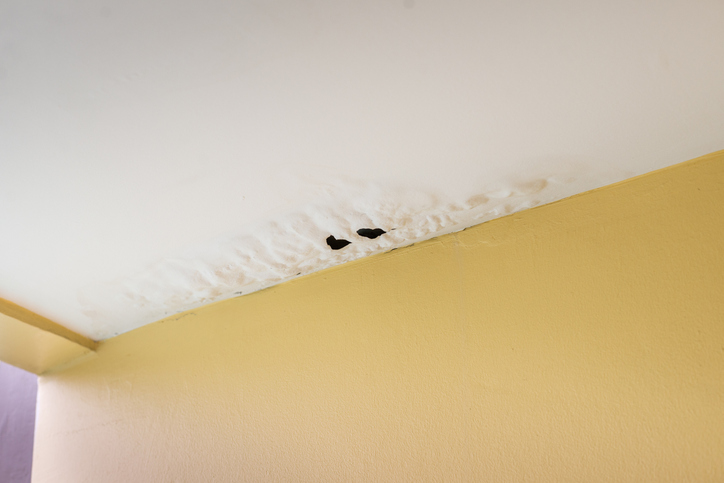
Revitalize Your Home: DIY Power Washing for Exterior Siding
The exterior of your home is the first thing people see, and over time, it can accumulate dirt, grime, and stains. Discover the transformative power of DIY power washing to bring new life to your exterior siding. Follow this comprehensive guide to ensure a successful and satisfying cleaning process.
Understanding the Benefits of Power Washing
Power washing is a highly effective method for cleaning exterior siding. It removes built-up dirt, mold, mildew, and stains, leaving your home looking refreshed and well-maintained. Beyond the aesthetic benefits, power washing can also prevent long-term damage to your siding by eliminating harmful contaminants.
Gathering the Necessary Tools and Equipment
Before you embark on your DIY power washing project, gather the necessary tools and equipment. You’ll need a pressure washer with adjustable settings, a hose, a bucket for detergent, a cleaning solution suitable for your siding material, and safety gear such as goggles and gloves. Ensure that your pressure washer is appropriate for residential use.
Choosing the Right Cleaning Solution
The choice of cleaning solution depends on the type of siding you have. For vinyl siding, a mixture of water and mild detergent is often sufficient. For tougher stains or other siding materials like wood or brick, consider specialized cleaning solutions available in the market. Always follow the manufacturer’s recommendations for both your siding and the cleaning solution.
Inspecting and Repairing Siding Damage
Before you start power washing, inspect your siding for any visible damage. Cracks, loose panels, or areas of decay should be addressed before applying high-pressure water. Fixing these issues beforehand ensures that water doesn’t infiltrate vulnerable areas and cause further damage during the power washing process.
Prepping the Area Surrounding Your Home
Power washing can be a messy job, so take the time to prep the surrounding area. Cover plants, outdoor furniture, and any delicate items near the house with plastic sheets or tarps. This precautionary step protects them from cleaning solutions and debris expelled during the power washing process.
Testing Pressure Washer Settings
Different siding materials require different pressure settings to avoid damage. Test the pressure washer on a small, inconspicuous area first to ensure it effectively cleans without causing harm. Adjust the pressure settings accordingly, keeping in mind that softer materials like wood may need lower pressure to prevent damage.
Applying the Power Washing Technique
With the area prepped and the pressure washer set to the appropriate settings, it’s time to start power washing. Work from top to bottom and left to right, maintaining a consistent distance from the siding. Use broad, sweeping motions to avoid streaks, and pay extra attention to areas with stubborn stains.
Handling Tough Stains and Mold
For stubborn stains or areas with mold and mildew, consider using a soft brush or scrubber along with the power washer. This combination helps break down and remove tough contaminants. Be cautious not to use excessive force, especially on softer siding materials, to prevent unintentional damage.
Rinsing and Drying the Siding
After completing the power washing process, thoroughly rinse the siding to remove any remaining cleaning solution and debris. Allow the siding to dry completely before assessing the results. You’ll be amazed at the transformation – a clean, revitalized exterior that enhances your home’s curb appeal.
Inspecting the Results and Performing Touch-Ups
Once the siding is dry, inspect the results. If any areas need additional attention, perform touch-ups using the appropriate cleaning solution and techniques. Taking the time to inspect and address any remaining stains ensures a consistently clean appearance across your entire exterior.
Conclusion: A DIY Transformation
DIY power washing is a rewarding project that can transform the look of your home and extend the lifespan of your siding. By following these steps and using proper techniques, you’ll achieve professional-looking results and enjoy the satisfaction of a revitalized and well-maintained exterior.
For more detailed information on power washing exterior siding as a DIY project, visit mimimises.org for expert guidance and additional tips.












